


Your child can learn
multiplication tables
in 7 days or less
On Their Own. No Repetition. No Tears.
Just rapid results —
powered by a proven method using Memory Techniques, Gamification and Storytelling
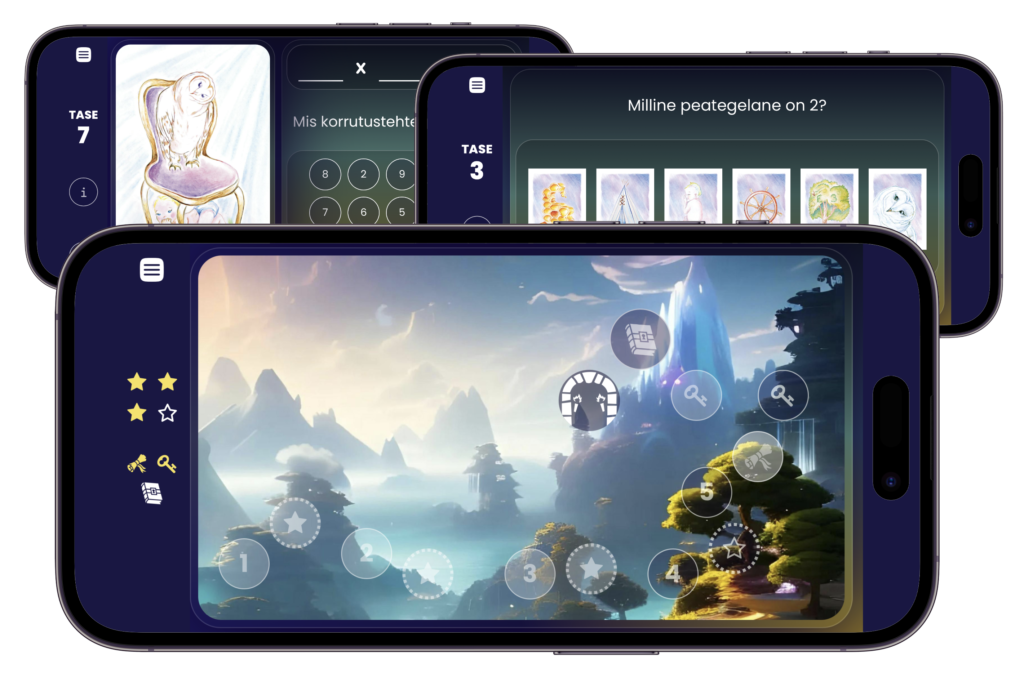



Join 4,000+ Families Who’ve Transformed Math Learning—With a Game-Based Method Built on Memory Science

In Estonia—ranked #1 in Europe and #7 in the world in math (PISA 2022)*—1 in 17 families with kids aged 5–12 now use this method.
From day one, it was cold traffic only.
But the product delivered—and happy customers became our best marketing team.

When learning feels like a chore, kids lose confidence in math.
Repetition kills engagement. Our method does the opposite.
🧠 It Started With a Simple Problem—and a Question No One Seemed to Answer
I’m a homeschooling mom of four. And when our second child started learning the multiplication table, everything changed.
He loved numbers—until the times tables showed up. Suddenly, math turned from fun into frustration. Repetition. Drills. Blank stares. Tears.
No matter how hard I tried to make it engaging, he just wasn’t absorbing it.
That’s when I knew:
- It wasn’t him.
- It was the method.
So I made a decision—I was going to build something better. Not just for my kids, but for every child who felt the same.
🔬 The 5-Year Mission to Make Multiplication... Fun
Continue reading the story...
What followed was five years of testing, failing, tweaking, and experimenting.
I studied memory champions. I dove into learning psychology. I tried silly games, visual cues, even storytelling. And finally—it clicked.
I combined powerful memory techniques, story-driven logic, and gameplay into a method so engaging…
I knew something extraordinary was born when my third child begged me to play it with her. She genuinely wanted to learn multiplication tables.
But something even more unexpected happened:
- This game helped develop visual thinking, deep connections, memory skills, and even creativity.
- It didn’t just help him learn.
It helped his brain grow.
That’s when I knew we had something bigger.
🌍 Now Over 4,000 Kids Use It—and Yours Can Too
Continue reading the story...
What began as a solution for my own children has now spread to thousands of families in Estonia.
And now, we’ve brought it to you in English—because your child deserves to feel smart, confident, and capable.
- No tears.
- No drills

Thousands of Children Are Already Using the …name… Method – this is how it looks when math becomes fun again.
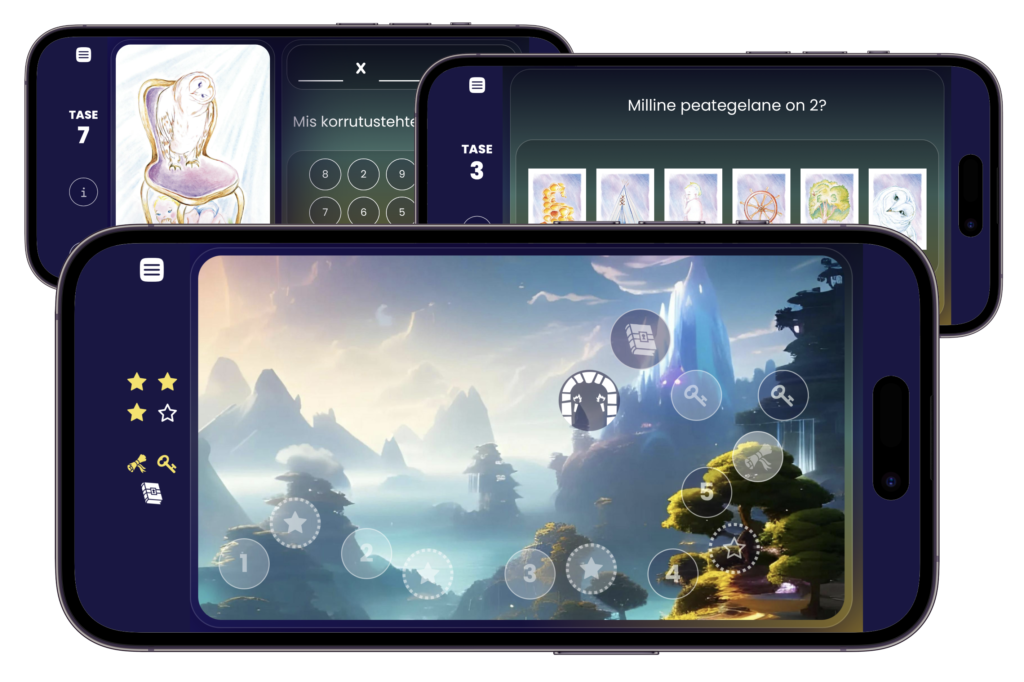
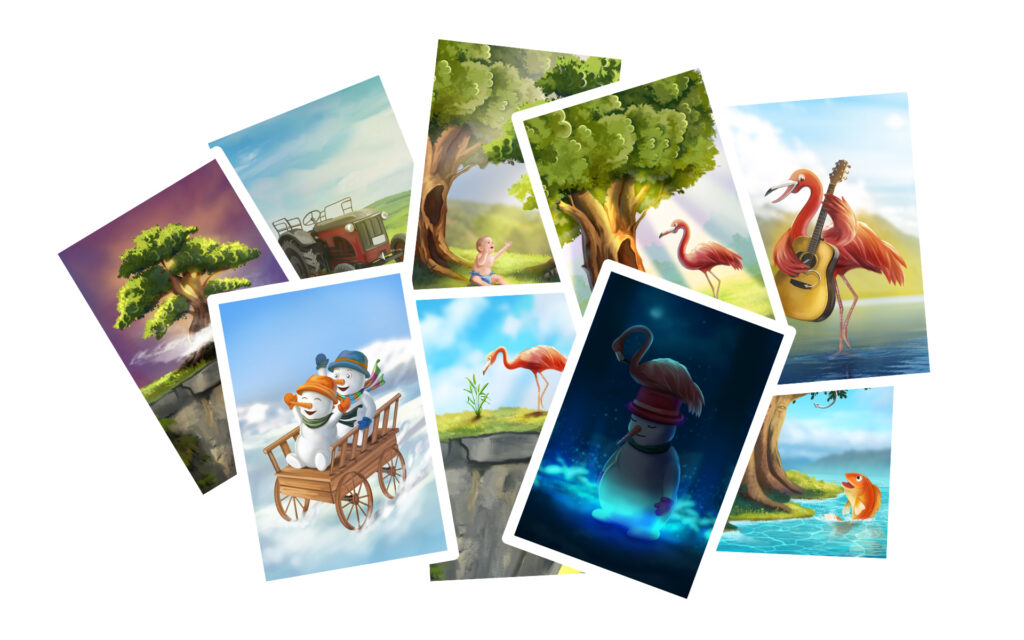
What is ...name...?
A breakthrough method that teaches the times tables in days—through memory techniques, storytelling, and play.
…name… isn’t just a game.
It’s a powerful learning method built on one key principle:
Kids remember better when learning activates imagery, emotion, and association.
We’ve taken the same memory techniques used by memory champions—and transformed them into a playful, story-based experience kids love.
Each multiplication fact is embedded in a vivid scene, paired with memorable characters, and anchored through association tricks that stick in the brain far longer than repetition ever could.
This isn’t gamified practice.
It’s a whole new way to encode and retrieve knowledge—faster, deeper, and with joy.
And yes… kids often don’t even realize they’re “learning.”
How does it work?
How can a kid learn multiplication in 7 days or less?
With ...name...™ memory techniques storytelling gamification secret language mesmerizing art

Here’s how your child progresses—step by step:
Click on the day to learn more…
🦩 DAY 1: Numbers Become Characters
Your child meets 10 quirky, illustrated characters—each one representing a number from 0 to 9.
Example: A snowman = 8; A nose = 4.
Through visual association and playful language, the brain locks in the link between number and character.
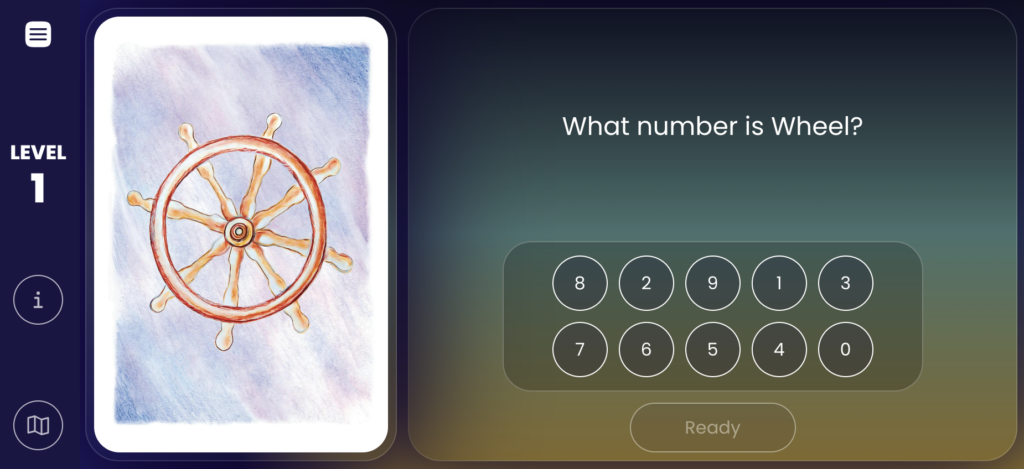
📖 DAY 2: Each Fact Becomes a Story
Your child hears 36 fun, illogical, and unforgettable stories—each one tied to a multiplication fact.
The stories create strong associations between three characters.
🧠 This is where memory techniques do the heavy lifting.
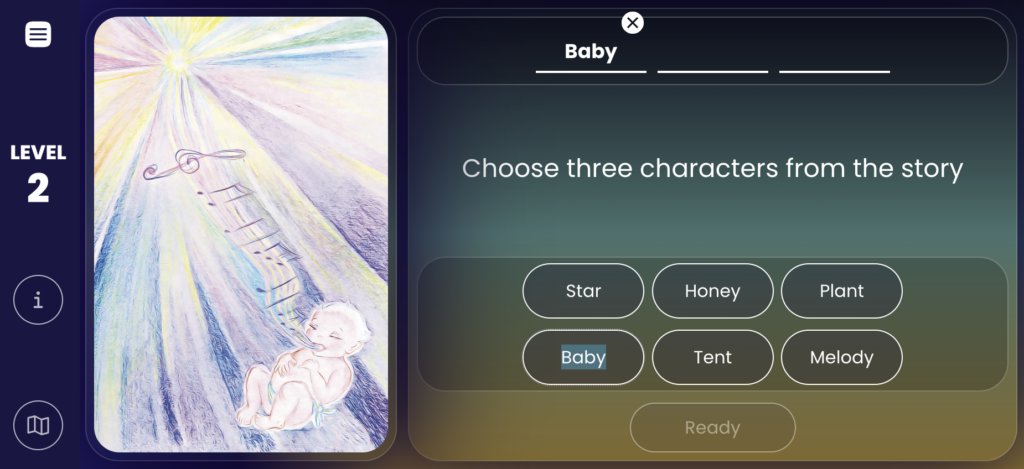
🔤 DAY 3: The Secret Code Emerges
Now your child strengthens and tests the connections between each number and its character.
This step is essential—it cements the foundation they’ll soon use to derive the correct answer through the secret code.
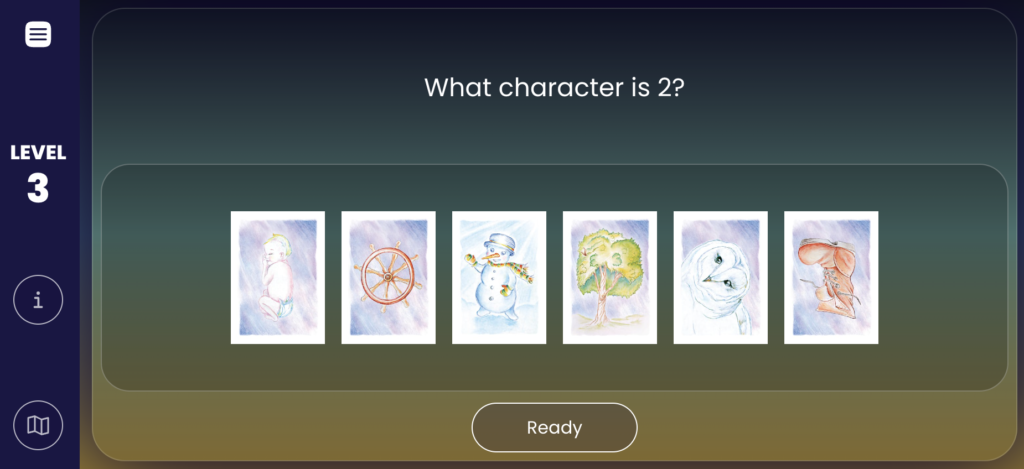
👁️ DAY 4: Visual Memory Kicks In
Familiar stories turn into sets of numbers and the multiplication equation begins to emerge from the illustrations.
The child begins to instantly recognize which numbers are involved—just by looking at the image.
👀 This strengthens the visual and spatial memory for each multiplication fact—laying the foundation for rapid recall.
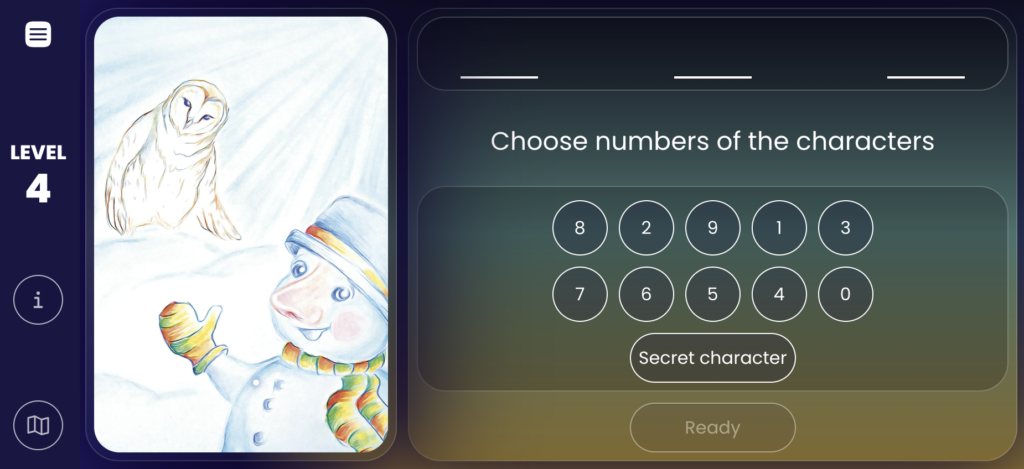
🗝️ DAY 5: The Secret Language Unlocks
This is the breakthrough moment.
Your child learns a simple yet exciting secret language — how the characters, letters, and images are all connected.
They’re not just playing anymore.
Using previously learned associations and the code language — your child starts to uncover the number hidden inside each secret character – the answer of the multiplication fact.
They’re not guessing. They’re not repeating.
They’re decoding the correct answer using their own mental system.
And best of all? They love it—because it feels like a superpower.
This is when multiplication stops being hard—and starts feeling like a secret they’ve mastered.
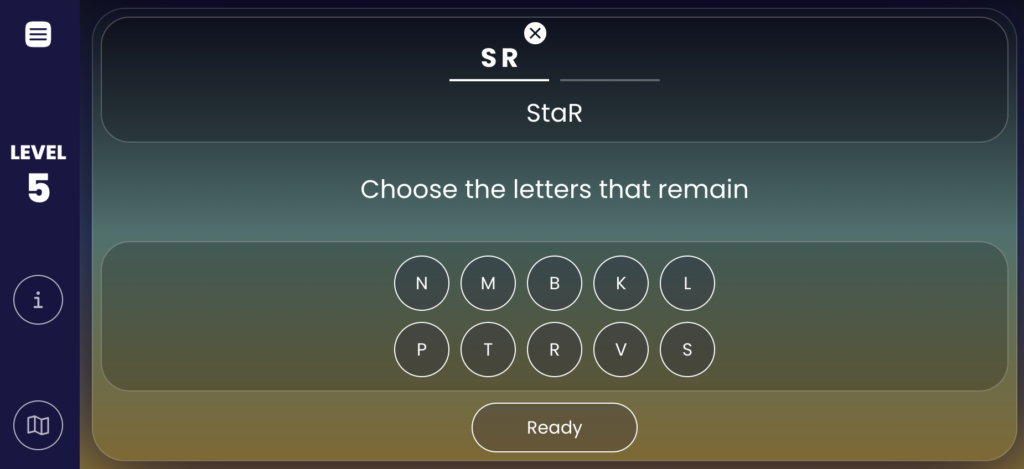
✖️ DAY 6: Understanding of Multiplication
This is where it clicks.
Through a simple but cleverly designed exercise, your child gains a deeper understanding of what multiplication actually means.
It’s not about memorizing answers anymore—it’s about truly grasping the logic behind them.
And because it builds on everything they’ve learned so far, the concept lands effortlessly.

🏆 DAY 7: They Can Recall Any Fact
Now the child brings it all together.
They are now able to recall correct answers to all multiplication table facts. — First first by looking at the illustrations and later during the test, without them.
And the best part?
They’ll likely ask to play it again.
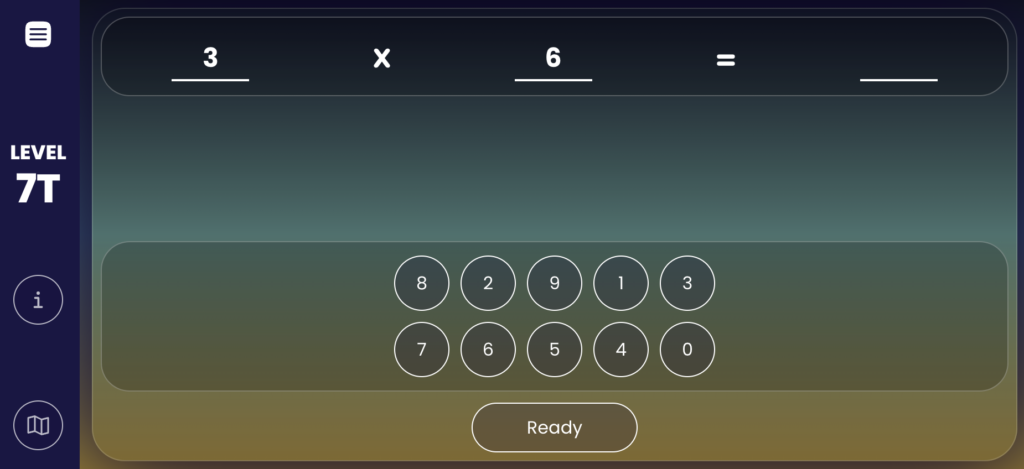
More than 4000 kids are reaping benefits from our ...name... method...
Great tool for learning the multiplication table! For the child, it seems a hundred times easier than monotonous memorization. An additional bonus is spending time together with the child. Thanks to everyone who has contributed to the creation of this game! It seems like a mega job has been done behind the scenes! Thank you, thank you!

If I had had these cards during school, I could have learned the multiplication table effortlessly, walking around outside for days. Absolutely brilliant system. I was desperate with my child already, but with the cards, learning happened in a snap, and it became clear. Why isn't this used in schools!

I highly praise the MathWhiz method. We struggled with my 9-year-old daughter learning the multiplication table; she had actual anger and resistance towards learning it, which hindered memorization and, caused tears.
The advertisement for this method speaks the truth. Initially, I doubted how a child could learn the multiplication table in 7 days. But she did. The secret language intrigued and excited the child and seeing progress advanced boosted motivation!

I tried to teach the child the multiplication table the traditional way for several months, but it was in vain. With the help of these cards, the child had the multiplication table memorized in just a couple of weeks. Visual learners have the ability to remember connections better through mental images. The best discovery for our family!

Why better than traditional methods?
Gamification
=
Fun
=
Engagement
read more...
“Games are architectures for engagement”
says Constance Steinkuehler, whose studies showed game-based learning boosts engagement even among disengaged kids—resulting in 23% improved performance over traditional lessons. It also reduces dropout rates by up to 36%
This is because when learning feels like play, motivation stays high—and when kids stay engaged, real learning happens.
Memory techniques
=
improved retention
&
improved recall
read more...
Memory techniques—also known as mnemonic strategies—use visual imagery, storytelling, and structured association to encode information in ways that the brain naturally remembers.
They work by:
- Creating strong emotional or visual anchors for abstract facts
- Leveraging pattern recognition and associative thinking
- Turning repetition into recognition and recall
These methods have been used by memory champions, in language learning, and in cognitive science classrooms for decades.
According to learning science, students who use mnemonic techniques can recall up to 80% more information than those who use rote repetition alone.
They don’t just memorize—they understand, retain, and recall faster and longer.
Give Your Child the Confidence
to Master Multiplication
In Just 7 Days
Start for free...
Coming soon...
Let your child try the first 2 steps of ...name...™ completely free.
What you get:
-
Full Access to the ...name...™ Method
(digital game + learning system) - Lifetime access
- Peace of mind as a parent that you have given your child an edge in life
- 100% money back guarantee, if you kid doesn't learn it
2 steps for free and then...
preorder now for 63% off
$29
-63%
$79
Accessible from both iOS and Android


Our mission is to open your kids and family to your deepest potential, to give you peace, direction and connection to live the most magical and fulfilling life possible…
Join our newsletter
Subscribe to receive updates, when something significant happens with either HeartLed or our products.
HeartLed.co ©2025 All Rights Reserved.